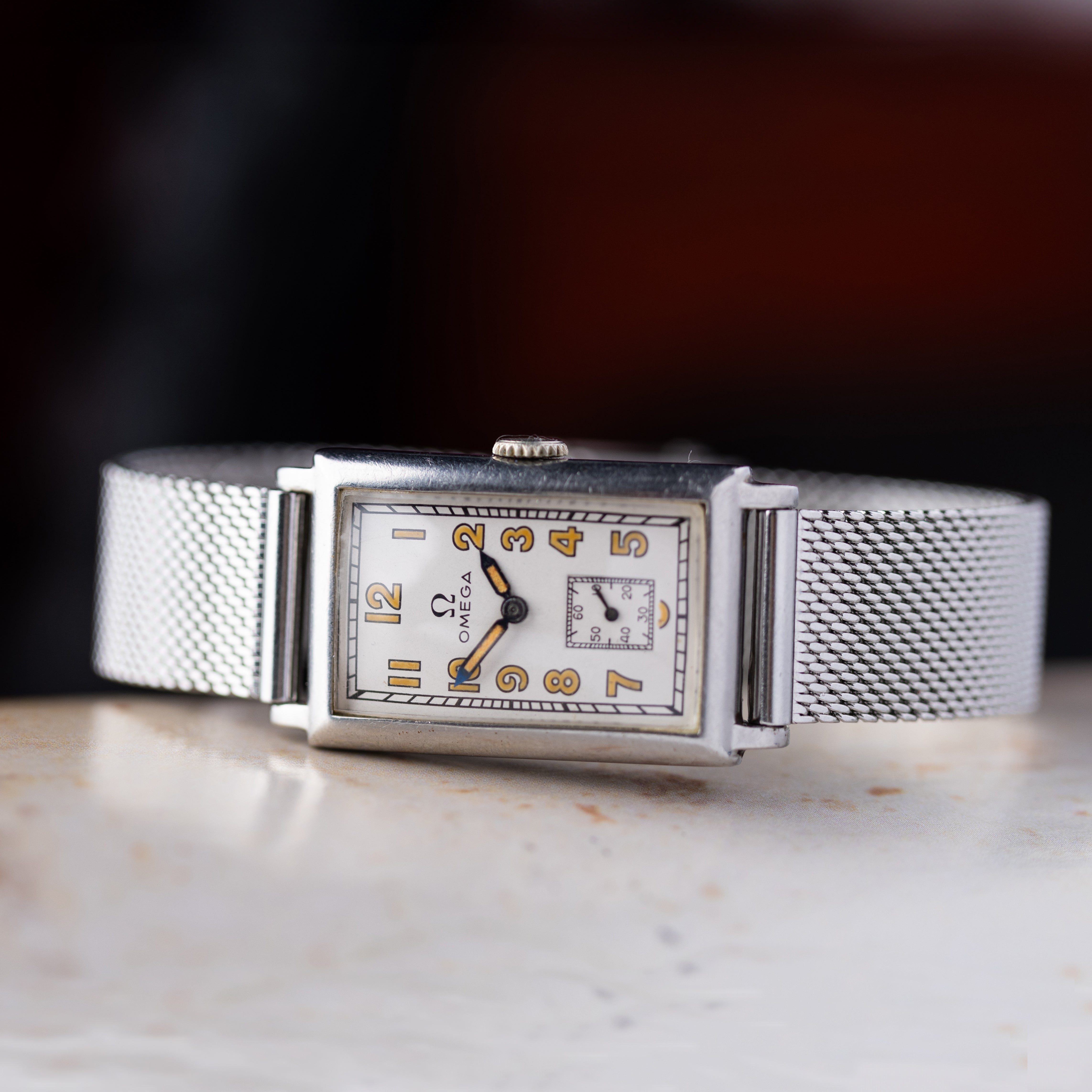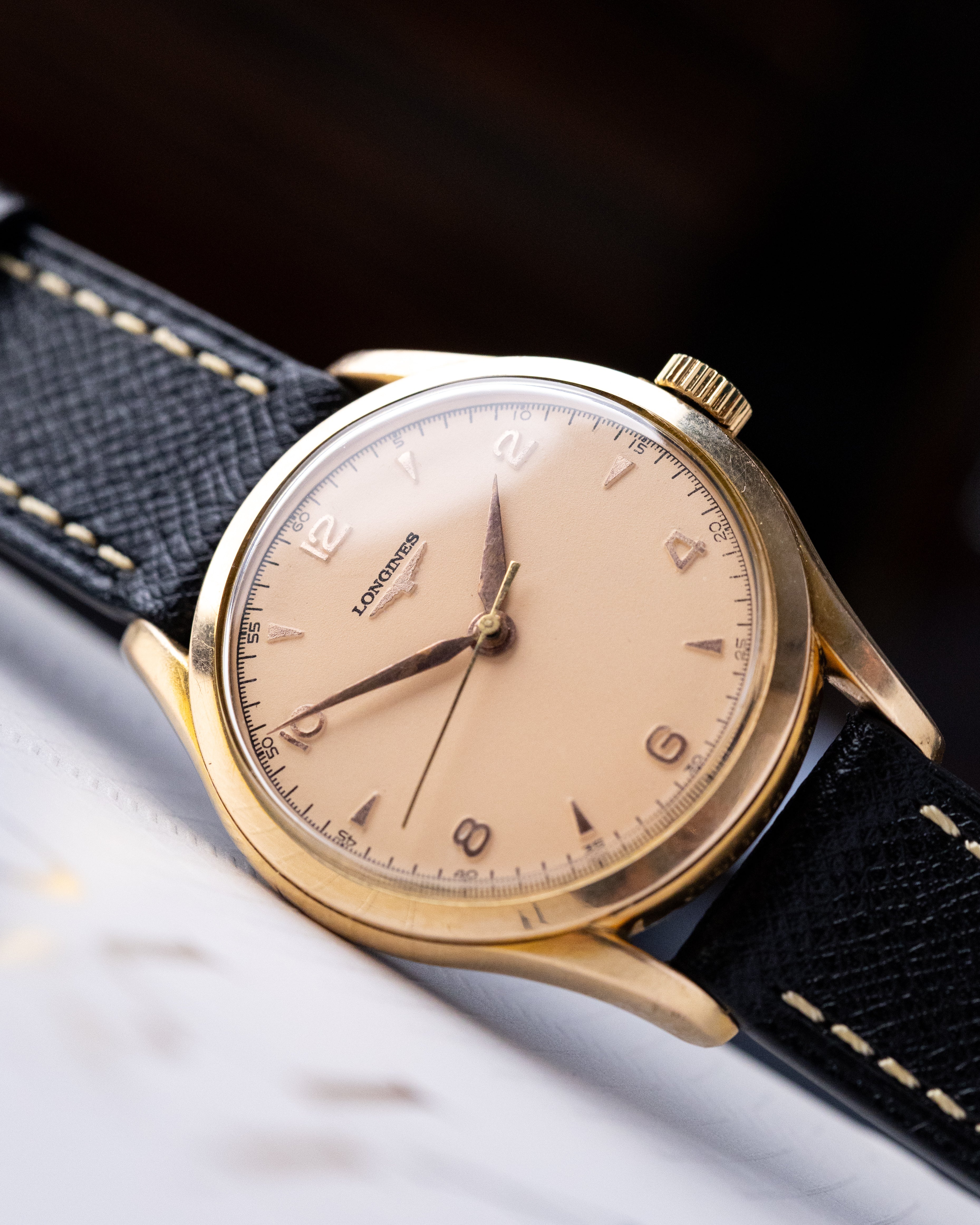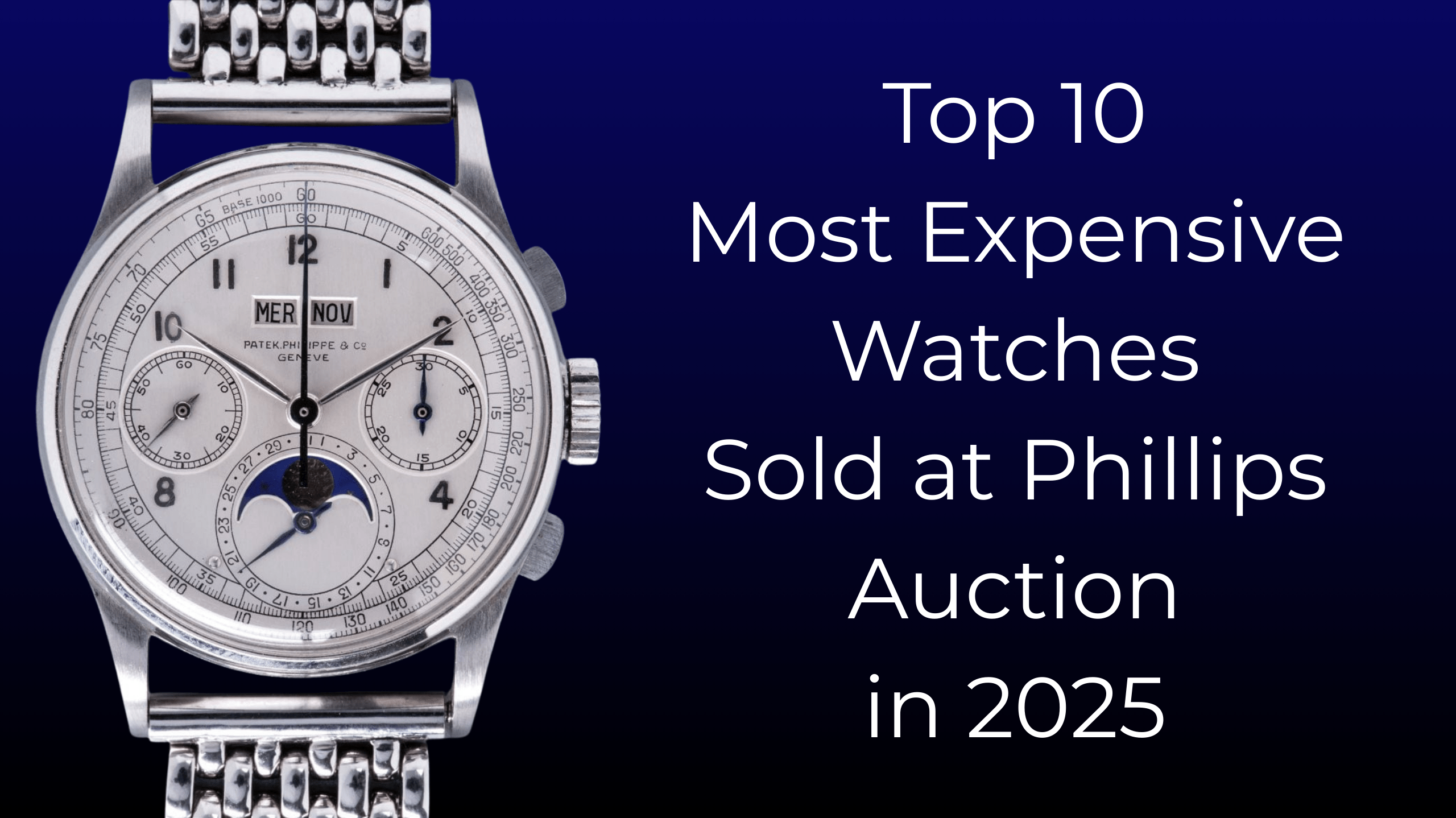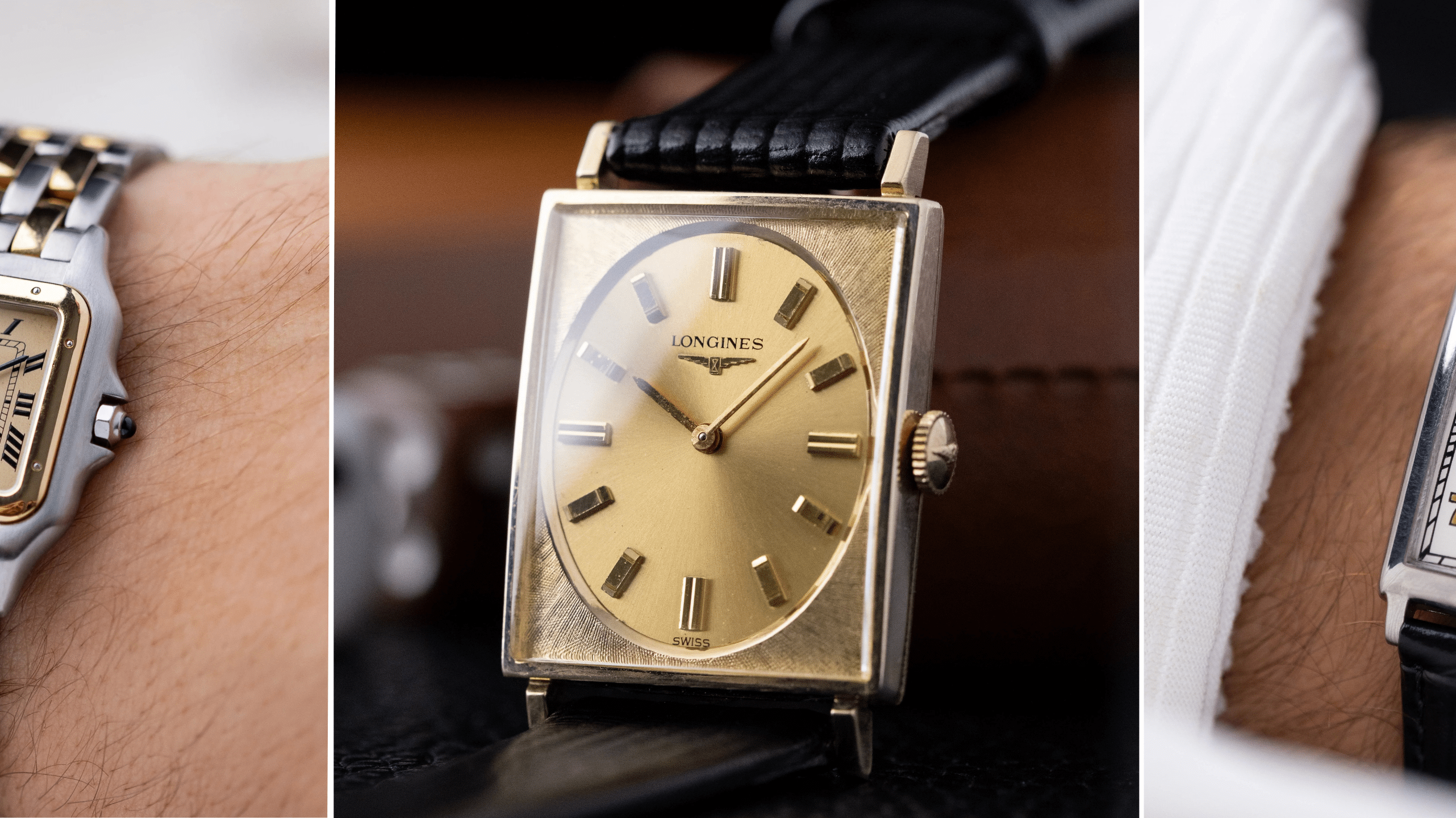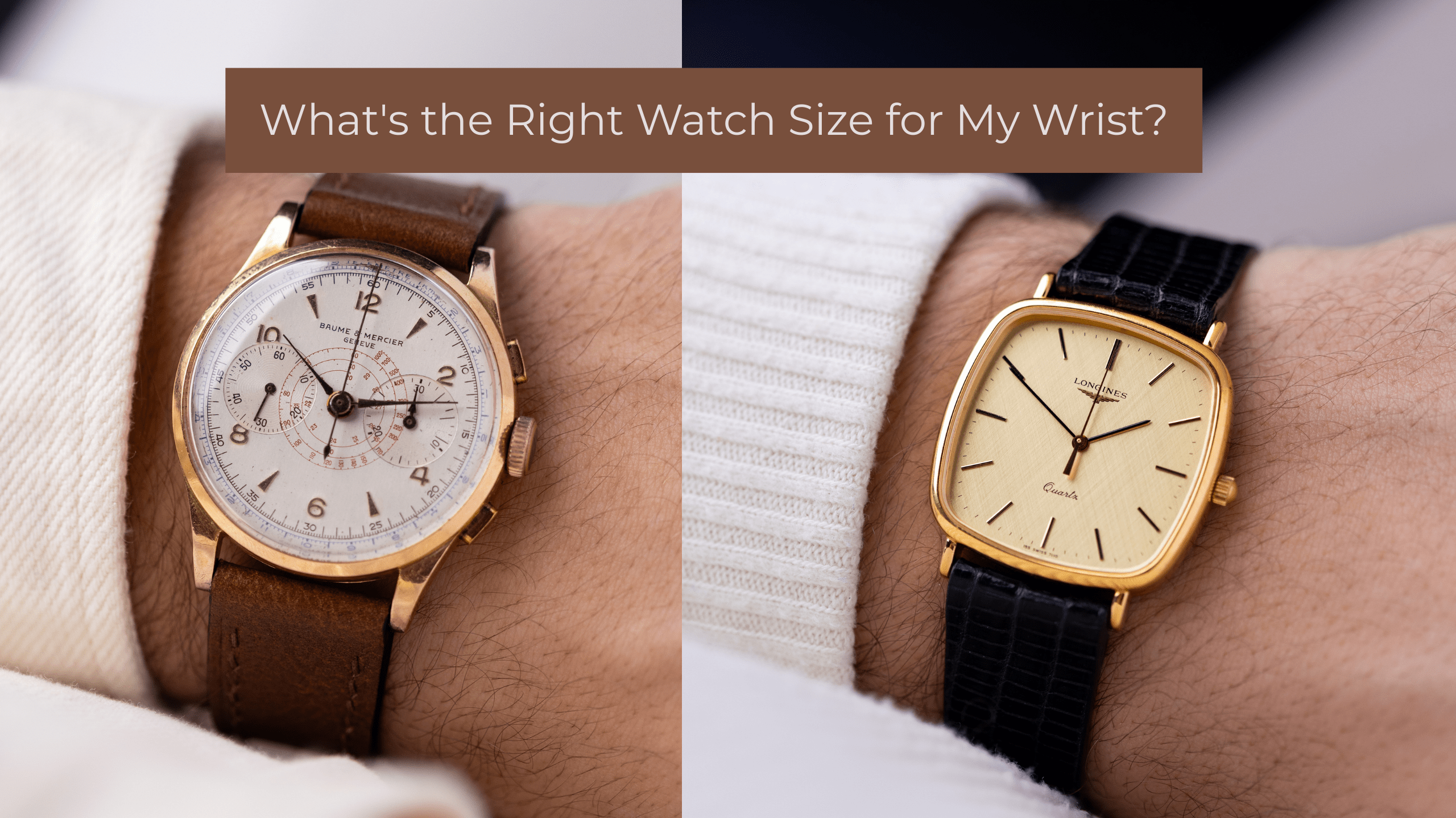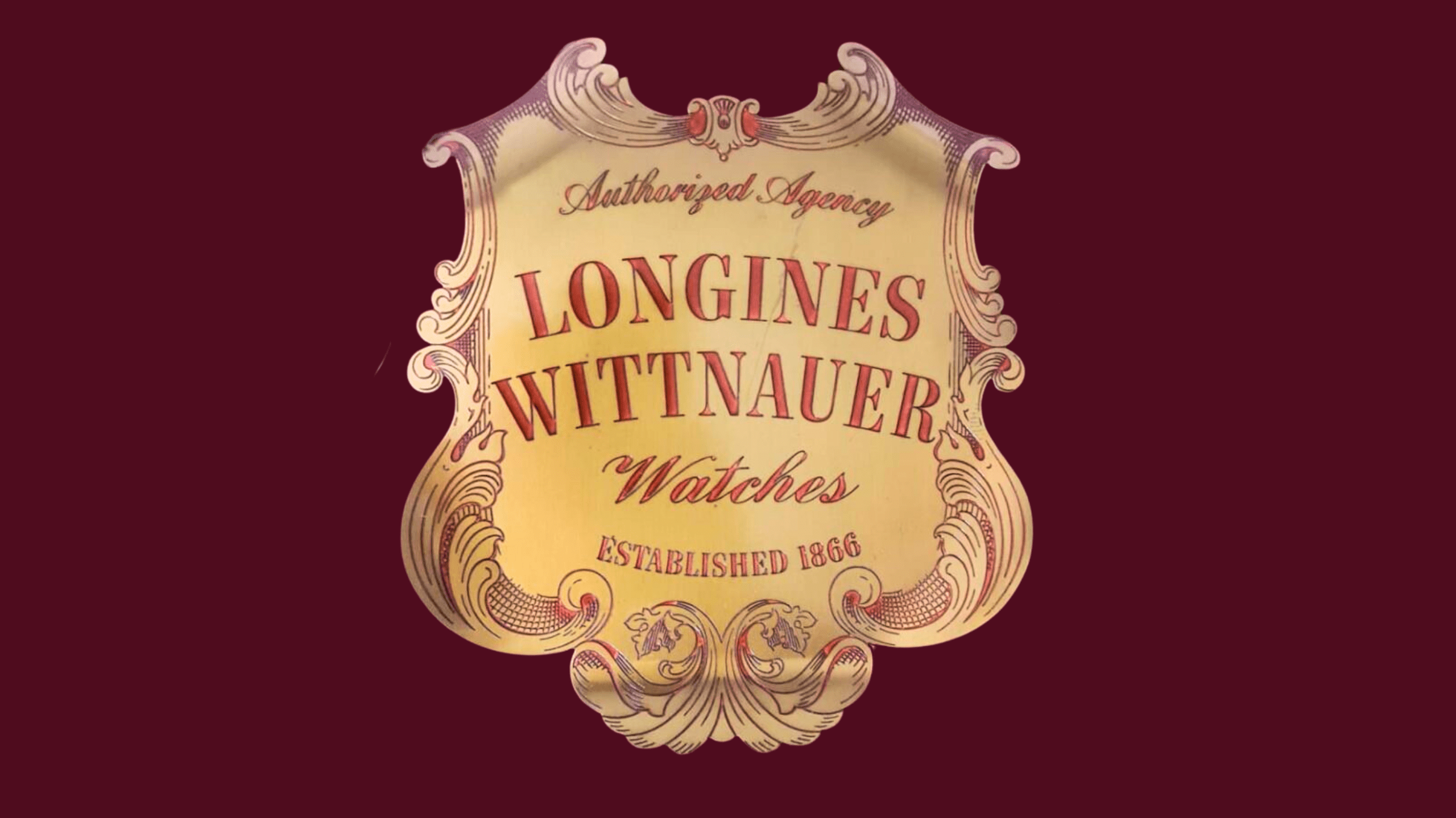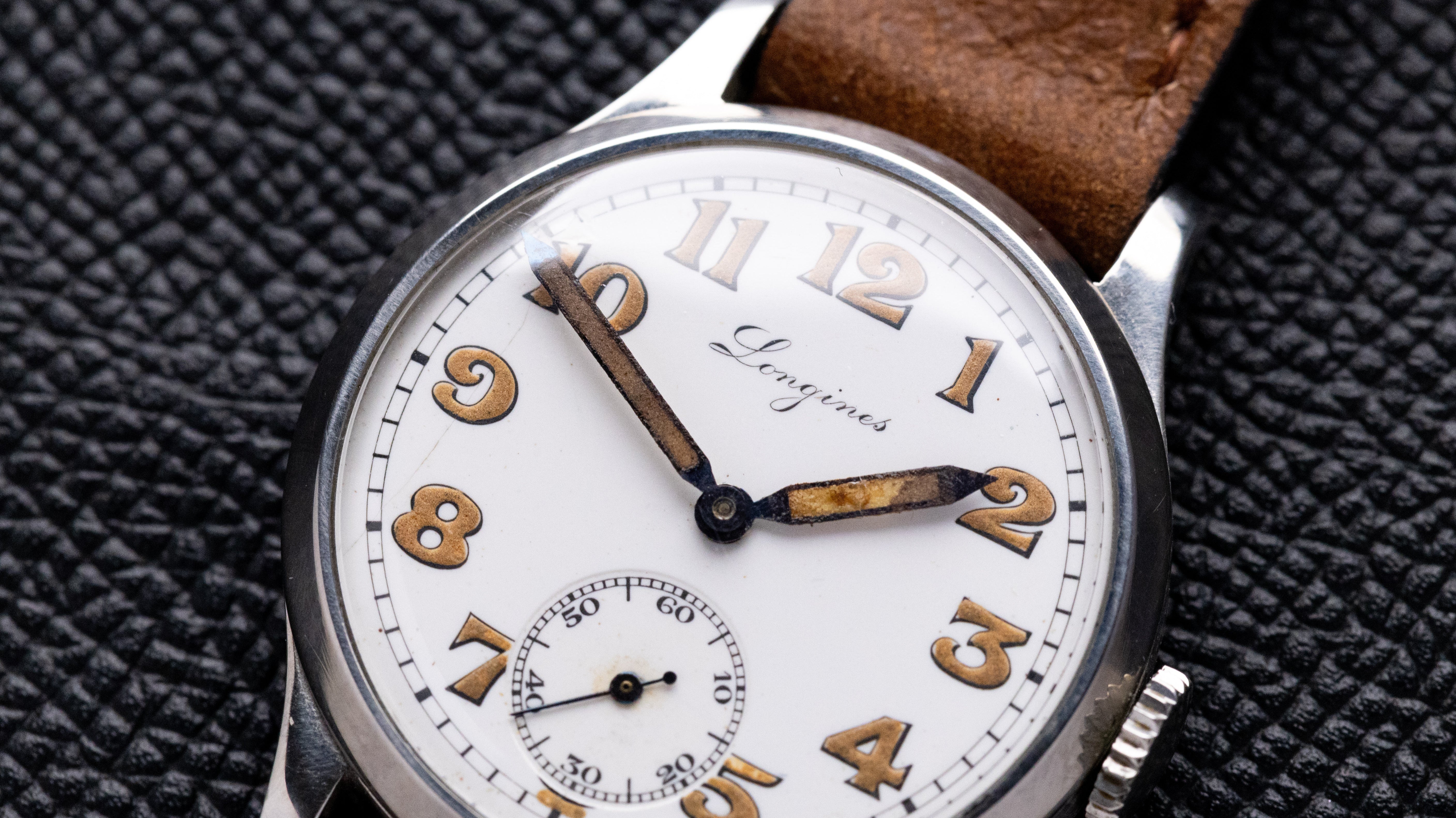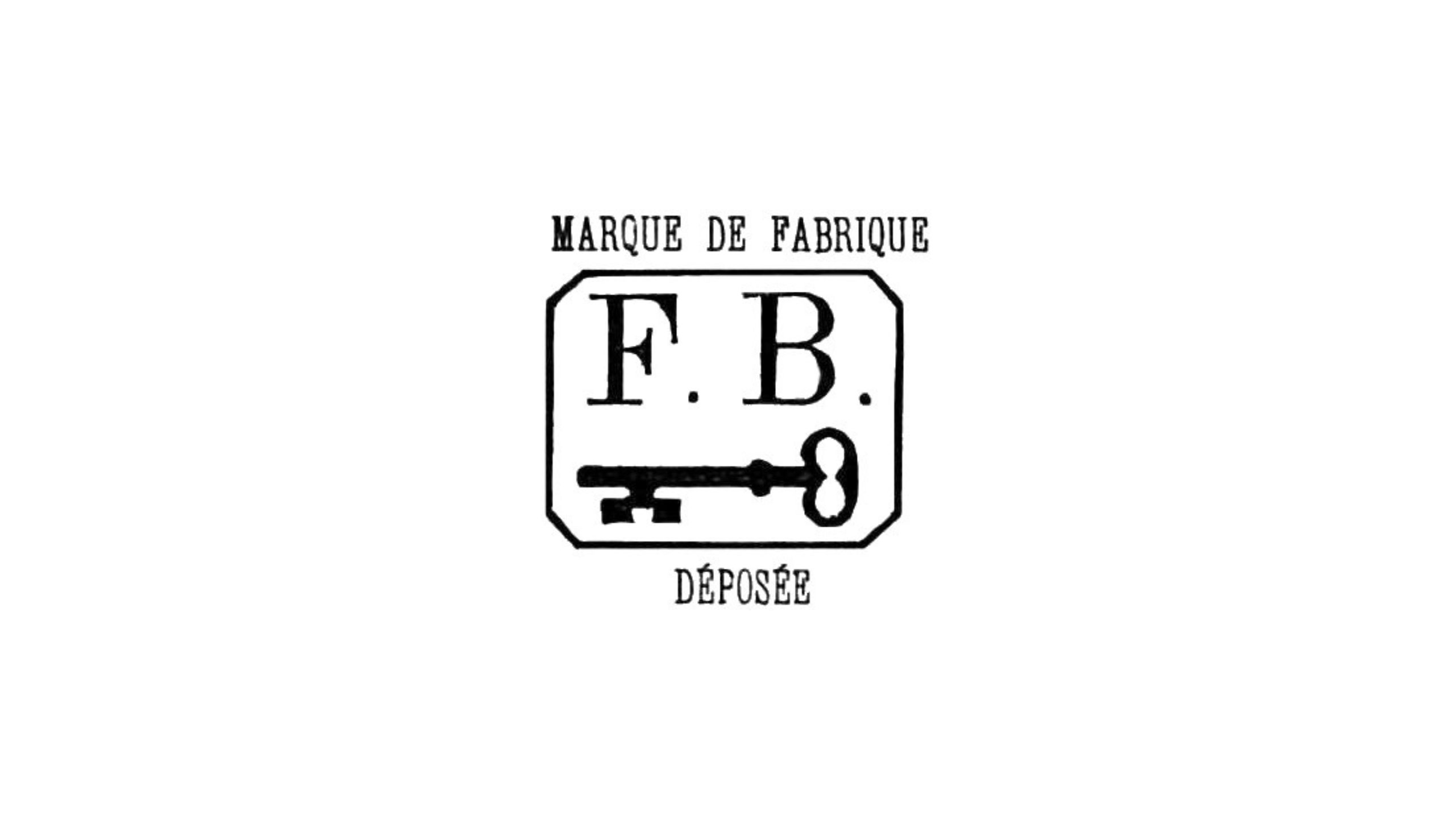In today’s market, where 41mm is often considered the “new normal,” a vintage men’s watch measuring 33mm might raise eyebrows. But dismissing it as too small is a modern bias — one that overlooks the deep functional, cultural, and aesthetic logic behind compact case sizes throughout much of the 20th century.
At Dumarko, we believe that understanding case dimensions means understanding horological history. This is a closer look at how 31–36mm became the default for men’s watches from the interwar period through the quartz era — and why these dimensions are being embraced again by collectors and brands alike.
Origins: From Pocket to Wrist — and the Shift to Practicality
Up until World War I, men overwhelmingly carried pocket watches. Wristwatches were viewed as fragile and feminine — strictly accessories for women. But trench warfare changed that. Soldiers needed instant access to the time, and wristwatches, often converted from small pocket watch calibers, proved their utility in harsh conditions.

What followed was a period of accelerated innovation. Manufacturers in Switzerland, Germany, and later the Soviet Union began designing movements specifically for wristwear. The early goal wasn’t just miniaturization for its own sake — it was about creating robust timekeepers that could integrate seamlessly into daily wear without dominating the wrist.
By the 1930s, the standard men’s wristwatch had settled into a range of 31 to 36mm. That wasn’t minimal — it was practical. These sizes were tailored to the average male wrist (~18.5 cm circumference), sitting cleanly on the wrist’s flat surface without overhang. A 34mm case offered visual balance and comfort while preserving legibility and discretion.
Engineering Constraints and Design Elegance
Unlike today’s mass-produced movements, early wristwatch calibers were constrained by gear train architecture, barrel size, and balance wheel proportions. Case dimensions were dictated by the movement first — not by market demand for visual impact.
Key examples:
-
Patek Philippe Calatrava ref. 96 (1932): 31mm, housing the manual-wind caliber 12-120 — a benchmark in refined engineering.

-
Rolex Datejust ref. 4467 (1945): 36mm, automatic with date function — considered generously sized at the time.

-
Sturmanskie (1961, worn by Gagarin): 33mm — fully antimagnetic and shock-resistant.

These watches weren’t small for stylistic reasons. They were compact because precision engineering demanded it. The smaller the case, the tighter the tolerances — an ethos entirely opposite to the oversized aesthetic that would dominate decades later.
Even military and tool watches remained restrained:
-
A-11 U.S. military spec (WWII): 31–32mm

-
Blancpain Fifty Fathoms (1953): 37mm

-
Early Rolex Submariner (1954): ~38mm

Large cases (>40mm) were exceedingly rare before the 1970s and typically housed adapted pocket watch calibers — like the IWC Portuguese (1939) at 43mm, originally fitted with the cal. 74.

The Inflation Era: 1990s–2000s and the Rise of Oversizing
From the late 1990s into the early 2000s, case diameters began expanding rapidly. By 2005, a 42mm diver or 44mm chronograph was no longer exceptional — it was expected.
Drivers behind the trend:
-
Fashion shifts: The broader cultural aesthetic leaned toward maximalism — from sneakers to SUVs.
-
Marketing strategy: Larger cases allowed for more visual real estate in ads — bold dials, textures, logos.
-
Celebrity influence: Panerai (Luminor 44mm) gained traction after Sylvester Stallone wore one in Daylight. Audemars Piguet (Royal Oak Offshore, 42–48mm) exploded with help from Schwarzenegger.
-
Technical expansions: While some complications genuinely required space (e.g., power reserves, tourbillons), many oversized watches simply exaggerated scale for presence.
Brands like Hublot (Big Bang, 44mm) and Rolex (Deepsea Sea-Dweller, 44mm, 17.7mm thick) capitalized on the visual punch of massive cases. But function was often secondary — in many cases, tiny quartz calibers were mounted inside cavernous 45mm shells.
Oversize became shorthand for luxury, masculinity, and status — at least temporarily.
Reversion to Balance: The Vintage Resurgence and Modern Recalibration
By the 2010s, collectors began reassessing. Comfort, proportion, and historical pedigree came back into focus.
A turning point came in 2017, when Paul Newman’s personal 37mm Rolex Daytona (ref. 6239) sold for $17.8 million. Its moderate size underscored a crucial truth: provenance and design outweigh scale.
Modern watchmaking responded:
-
Tudor Black Bay Fifty-Eight (2018): 39mm vintage diver homage — instant hit.
-
Rolex Explorer I (2021): Returned to its original 36mm size.
-
Omega Trilogy Reissues (2017): Railmaster, Speedmaster, Seamaster — all under 40mm.
Even brands known for bolder sizing pivoted:
-
IWC Mark XVIII: 39mm
-
Longines Legend Diver: now available in 36mm
-
Cartier Tanks and Santos: reintroduced in classic mid-century sizes
Celebrity influence again played a role — this time in favor of refinement. Figures like Paul Mescal, Timothée Chalamet, and Jacob Elordi regularly appeared wearing sub-36mm vintage Cartiers or Rolexes. The stigma around small watches began to unravel.
Modern Perspective: It Was Never About Size — It Was Always About Proportion
A properly proportioned 33mm–36mm watch doesn’t feel outdated — it feels deliberate. Design clarity, case curvature, dial balance, and lug length all play into wearability more than diameter alone.
At Dumarko, we’ve curated dozens of pieces that exemplify this principle:
-
31mm Longines (square case, champagne dial): perfect symmetry on wrist.
-
36mm Omega (1947): classic post-war design with gilt accents.
-
33mm two-tone Roman dial (1940s): dial design dominates despite compact dimensions.
-
35mm Doxa with Patek-style case: elegance rooted in proportional geometry.
These watches don’t shout. They articulate craftsmanship — precisely because they don’t rely on bulk.
Conclusion: A Return to Timeless Norms
The oversized era wasn’t permanent. It was an anomaly — a detour driven by fashion and marketing. Throughout most of watchmaking history, 31–36mm wasn’t small. It was standard.
Now, with greater appreciation for wearability, heritage, and horological integrity, small-to-mid-sized watches are back — not just in vintage collections, but in new releases from the most respected maisons.
Whether manual-wind, automatic, or quartz, a compact watch worn confidently reflects a deeper understanding of the form. It’s not loud — it’s literate.
Explore the collection at dumarko.com — where proportion, purpose, and provenance still matter.

